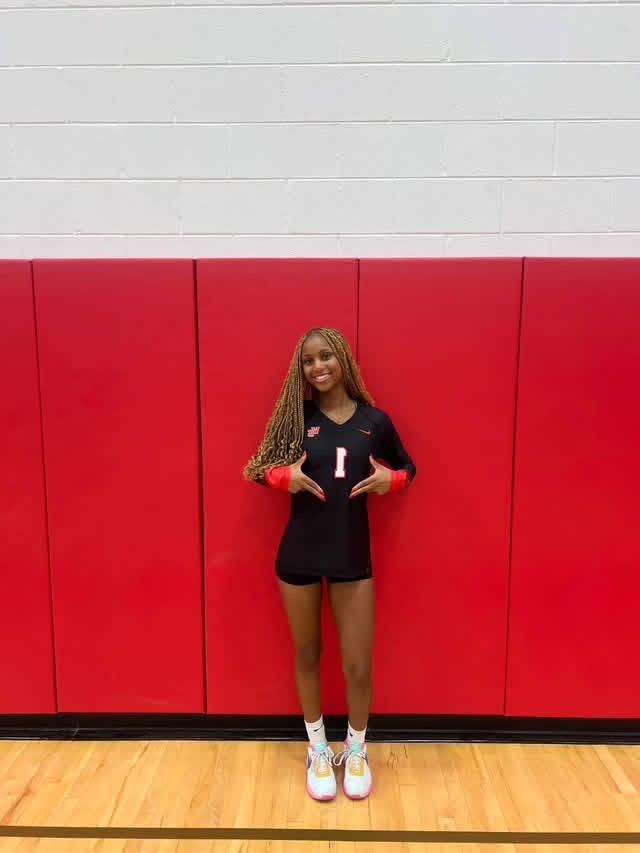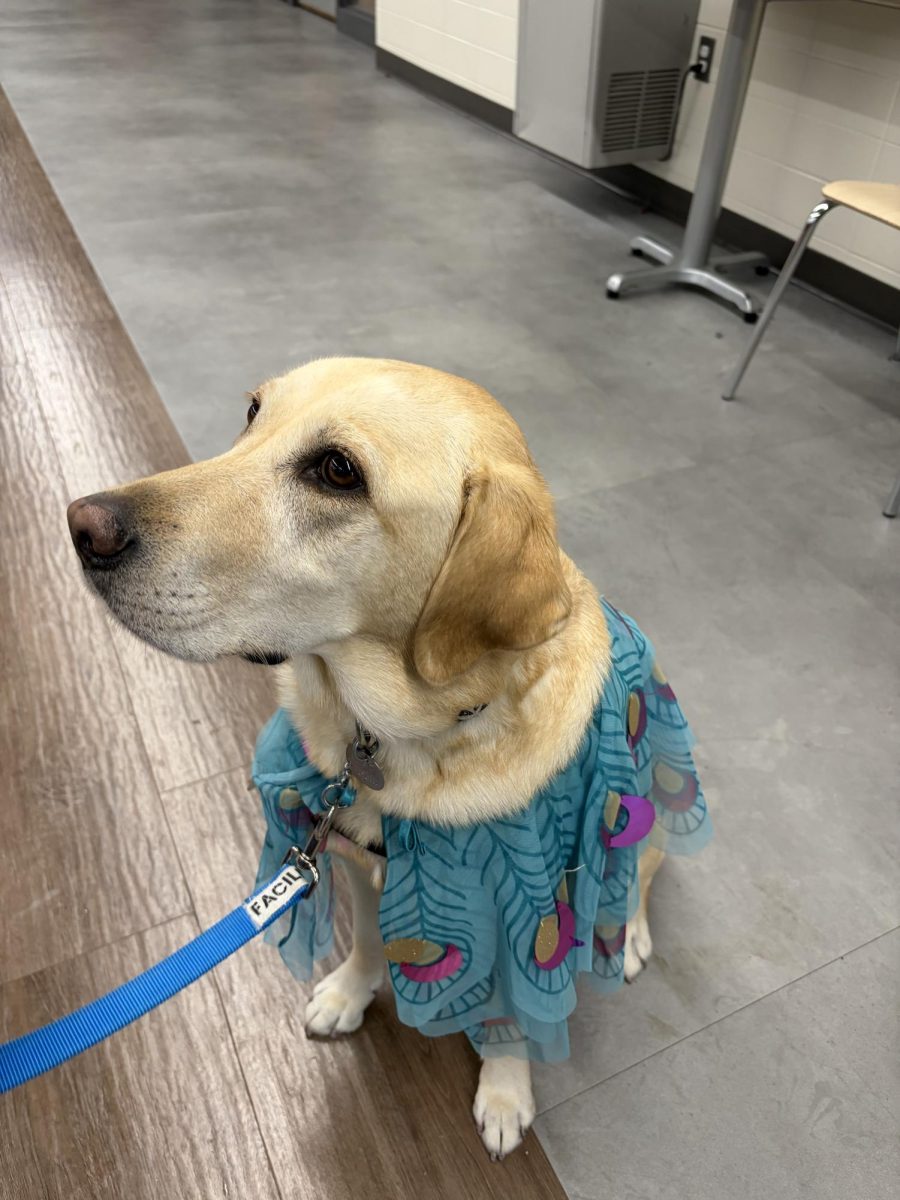Teens find balance with social media
March 19, 2021
With the establishment of social media in the early 2000s, came the use of Facebook and MySpace. Now, however, teens are using social media such as Instagram, Snapchat, and TikTok more frequently than years before.
According to a study conducted by The American Academy of Child & Adolescent Psychiatry, teens ages 13-17 spend an average of nine hours a day on social media.
This strong influence on society has not entirely been positive.
Fear of missing out, or FOMO, is one of the dominant negative effects that come with social media use according to HelpGuide.
FOMO is described by Penn State Health as an anxiety that many people experience due to the perception that others are more happy or are having more fun.
Social media only heightens this experience.
The Scribe conducted a survey about the effects of social media. Of those surveyed, 60% said they experience FOMO from being on social media.
Dr. Nichole Wood-Barcalow is a psychologist in Westerville that works with adolescents to older adults. She specializes in eating disorder treatment and body image issues.
Wood-Barcalow said that social media makes users evaluate their quality of life based on a comparison of others.
Not only can social media make us feel less than said Wood-Barcalow, but it can also make us feel like we’re better than others.
Senior Lavia Twum, 18, is a former Instagram user. Twum had 80,000 followers before deactivating her account.
Twum gained a large following after posting her weight loss transformation.
“I was counted as obese when I was younger,” said Twum. “I started working out and I wanted everyone to see my transformation.”
Twum said she became addicted to the attention that came from Instagram.
“It helped me build up this confidence in a way where I thought I was better than everyone else,” said Twum. “I chose my sanity over Instagram followers, so I deactivated my account.”
The rise of “the influencer” has been a positive to come from social media. According to Influencer Marketing Club, influencers are people who have built a reputation for their expertise on a specific topic. Influencers curate posts and share them with a relatively large audience through social media outlets.
According to the Digital Marketing Institute, 70% of teenagers trust influencers more than traditional celebrities.
Brayden Hicks, 17, is a Tik-Tok star with 317.2k followers. Hicks sees social media as a helpful tool in being a positive influence for his followers.
“I get countless messages telling me how much I helped someone get through a hard day or point in their life,” said Hicks. “A few people have even expressed that I am the reason that their parents have a daughter who’s still alive; and that is truly such a powerful thing to hear from someone.”
Hicks also feels like social media is an incredible way to communicate with people all around the world.
Senior Morgan Davis from Westerville North uses Instagram to connect with businesses.
“This past fall I was an influencer for a homecoming boutique in southern Ohio,” said Davis. “Even though homecoming didn’t happen this year, I got to meet girls all around Ohio and work with their company.”
Davis said she receives many opportunities from social media. “Social media has allowed many businesses to connect with influencers to help promote their brand,” said Davis.
Companies such as Abercrombie and many photographers have reached out to Davis to work with her.
“Social media is like a hammer,” said Wood-Barcalow. “When used in the right way, it can create; when used in a negative way it can destroy and hurt others.”




